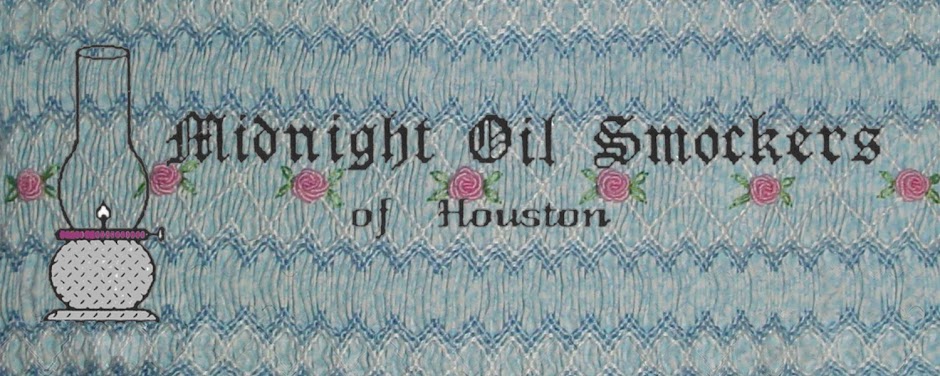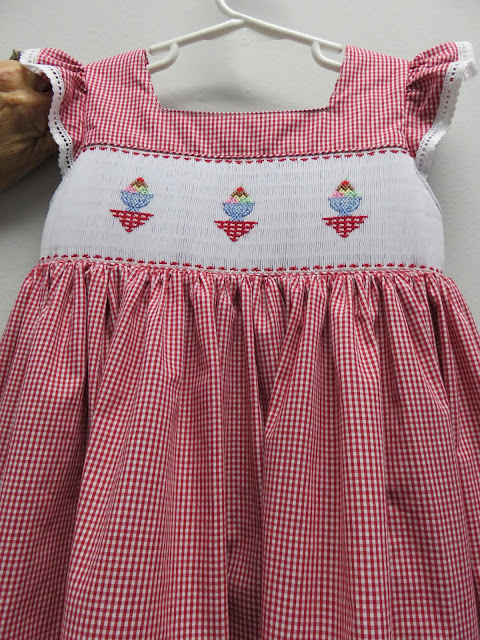Beautiful Bias
Bias is a diagonal or oblique line. In sewing terms, it is across woven fabric. True bias is a diagonal line that runs 45° from the straight of grain. As a reminder, the straight of grain runs parallel to the selvedge, along the warp threads. The cross grain runs across the fabric (the weft threads) from left to right.
 OK - so now we know what bias is..... why does it matter? In general, garments are made to hang with the straight of grain, just as the fabric was woven. Picture a blouse pattern - the front and back pattern pieces are put on the fabric following the straight of grain. When pattern pieces are cut on the bias, the drape is different than that of straight of grain, and it hangs or ‘drapes’ differently than if it were on the straight of grain. Bias has ‘give’ or stretch, even on a woven fabric. When you have a location that is curved, using bias is preferred, as bias can be shaped to curve without causing ripples. That is why piping and bindings are created with bias.
OK - so now we know what bias is..... why does it matter? In general, garments are made to hang with the straight of grain, just as the fabric was woven. Picture a blouse pattern - the front and back pattern pieces are put on the fabric following the straight of grain. When pattern pieces are cut on the bias, the drape is different than that of straight of grain, and it hangs or ‘drapes’ differently than if it were on the straight of grain. Bias has ‘give’ or stretch, even on a woven fabric. When you have a location that is curved, using bias is preferred, as bias can be shaped to curve without causing ripples. That is why piping and bindings are created with bias.
Think about piping that is put around a Peter Pan collar - it has to shape to the curve of the front and back. When you use bias to make the piping, it can be shaped and curved so that the piping lays flat and does not pull up the fabric of the collar. Bias is also used as a finish, from sleeve seams to quilts, to edge finishing (think bibs, jackets, etc.).
Bias can also be used as a decorative trim - bias spaghetti and plain bias can be shaped and stitched on to garments and embellished for some great looks!
I have been playing around with bias lately - both as an edge finish and a decorative trim. I had to make some Chair Pockets for my daughter’s classroom - they slip over the back of the chair and have a pocket to hold folders, composition books, library books, etc., as the school only has tables, not desks. I (machine) embroidered an identifying number on each pocket, finished off the top and bottom of the chair pocket with bias binding. I tried my bias attachment for my sewing machine for the first time. There are a couple of different types - one used pre-folded bias and the other (the one I have) uses a bias strip and it folds and attaches the bias strip. To see the pictures, please visit Vaune's website and view the September Newsletter.
The first one shows the attachment hooked up to my machine with the bias strip feeding into the chute. The 2nd picture shows the big view of the fabric feeding into the bias. The 3rd view is a close up - you can see the bias feeding in from the right and the fabric coming in from the left. The attachment is pricey, but after making 30 of these pockets, I was glad that I had it!!!!
Please visit Vaune at vaune.com to view the pictures of her bias attachments and to read her newest newsletter or visit her at her blog vaunessewingroom.blogspot.com







































